The Dingo dog, also known as the Lài dog, is one of the four rare native dog breeds of Vietnam, commonly found in the mountainous regions of the Northwest. Let’s delve into the origins, care, and pricing of this unique breed.
1 All About the Dingo Dog
Origin of the Dingo Dog
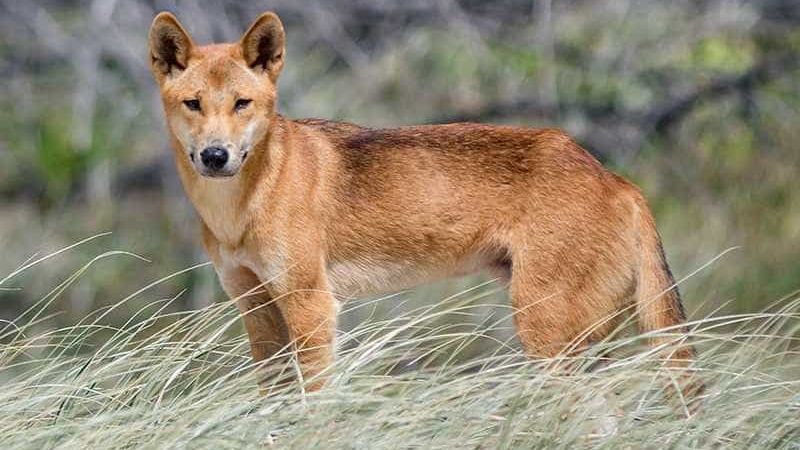 Origin of the Dingo Dog
Origin of the Dingo Dog
The Dingo dog (Lài dog) originates from Vietnam and is predominantly found in the mountainous regions of Northwest Vietnam, particularly in Lào Cai. This breed has earned its place among the four great native dogs of Vietnam and is considered a natural wild dog that has been nurtured by the local people for thousands of years.
Today, the Lài dog is primarily kept as a guard dog by the local population.
Common Coat Colors of the Dingo Dog
 Common Coat Colors of the Dingo Dog
Common Coat Colors of the Dingo Dog
The Dingo dog sports a variety of coat colors, including solid black, yellow, and yellow-white combinations.
Physical Characteristics of the Dingo Dog
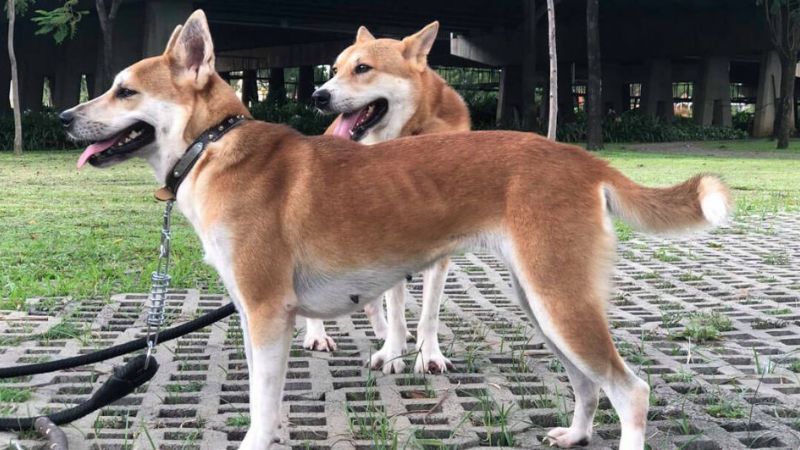 Physical Characteristics of the Dingo Dog
Physical Characteristics of the Dingo Dog
Adult Dingo dogs typically weigh between 23-32kg, with some well-cared-for individuals reaching up to 40kg. Their height ranges from 45-65cm.
The Dingo dog’s head is triangular and tapers to a long muzzle. Their ears are large and usually stand erect, rarely drooping. The body is long and rectangular, with a firm and robust torso, shoulders, and hindquarters. Although their legs appear slender, they are incredibly strong.
Their coat is short, smooth, and water-resistant, which helps keep any unpleasant odors at bay.
Temperament
 Temperament
Temperament
The Dingo dog is highly intelligent and agile, a result of their wild forest upbringing. While they may exhibit a hint of aggression, they are incredibly loyal and obedient once domesticated. They are protective of their owners and friendly towards other animals. Notably, they possess an exceptional sense of direction.
Reasons to Own a Dingo Dog
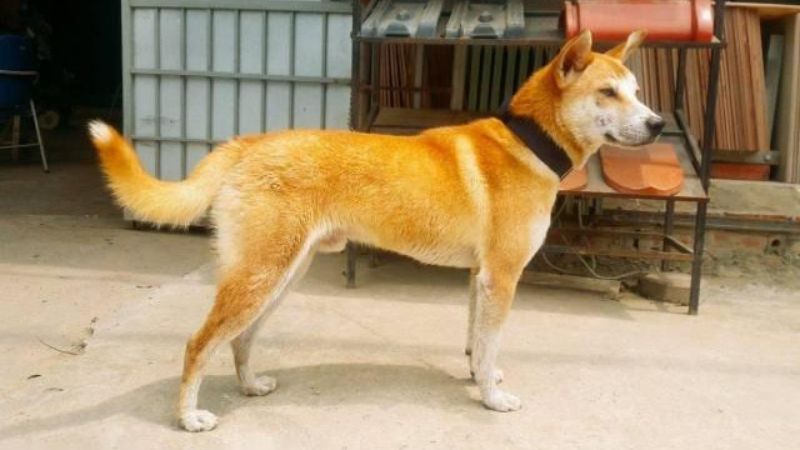 Reasons to Own a Dingo Dog
Reasons to Own a Dingo Dog
The Dingo dog, despite being a native breed, boasts an attractive appearance. They are obedient, loyal, and intelligent, making them excellent companions. Additionally, their protective nature can come in handy during dangerous situations.
If you’re considering adding a furry friend to your household, the Dingo dog is an excellent choice.
2 Caring for the Dingo Dog
Feeding the Dingo Dog
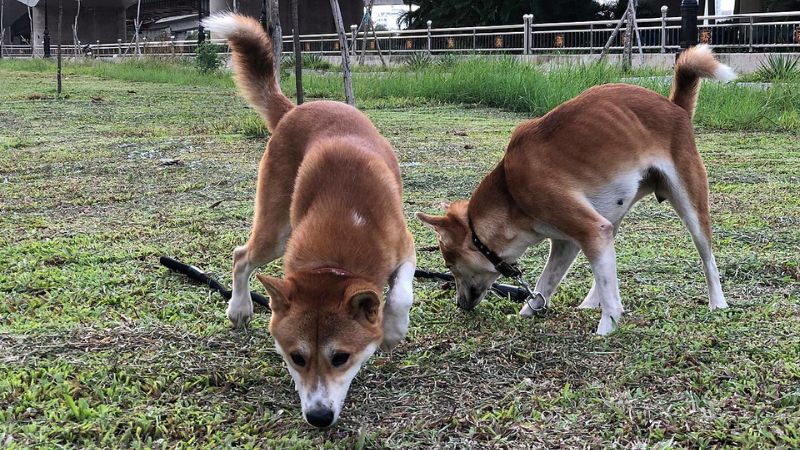 Feeding the Dingo Dog
Feeding the Dingo Dog
Given their wild nature, Dingo dogs are not fussy eaters and will consume whatever is provided. However, to ensure they receive adequate nutrition for their development, it is advisable to supplement their diet with…
Dingo dogs do not require gourmet meals and are not picky eaters. They are content with eating their owner’s leftover rice.
Nutritional Requirements at Different Life Stages
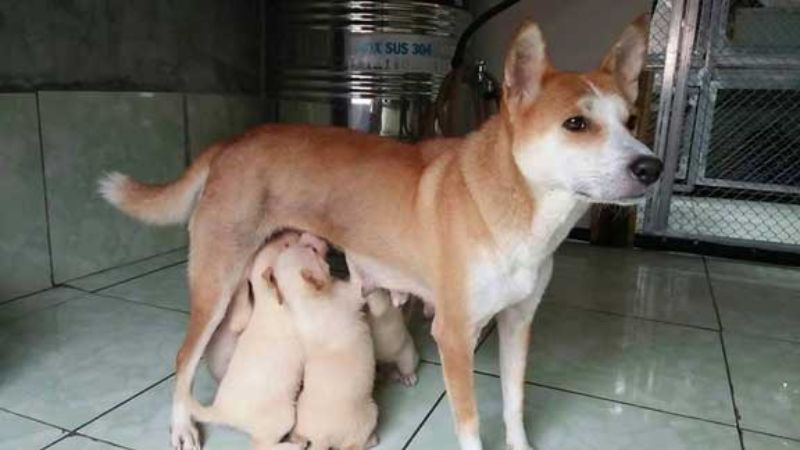 Nutritional Requirements at Different Life Stages
Nutritional Requirements at Different Life Stages
Newborn Dingo puppies rely solely on their mother’s milk. However, from the age of 2 to 6 months, it is recommended to feed them three square meals a day, followed by a walk to aid digestion.
Overeating can be an issue for Dingo dogs, so it’s important to monitor their portions. Their diet can include a variety of vegetables, organ meats, and white rice. For those with more generous budgets, including some beef in their diet can help promote a stronger and healthier physique.
As they transition into adulthood (around 6 months to 1 year old), their diet should be enriched with various meats such as chicken and duck necks, gizzards, and lungs.
Once they surpass the one-year mark, it is advisable to reduce their meal frequency to twice a day to ensure they receive adequate nutrition.
Grooming and Hygiene
 Common Health Issues in Dingo Dogs
Common Health Issues in Dingo Dogs
Canine Distemper
Canine Distemper is a viral disease transmitted through respiratory and digestive tracts, with a high risk of infection.
Acute Gastritis and Enteritis
This health issue is commonly seen in Dingo dogs over one year old and is caused by viruses, hookworms, and bacteria, resulting in fever, loss of appetite, vomiting, and diarrhea. To prevent this condition, ensure your dog’s food is thoroughly cooked, deworm regularly, and vaccinate against Canine Distemper and Parvovirus.
Important Considerations When Keeping a Dingo Dog
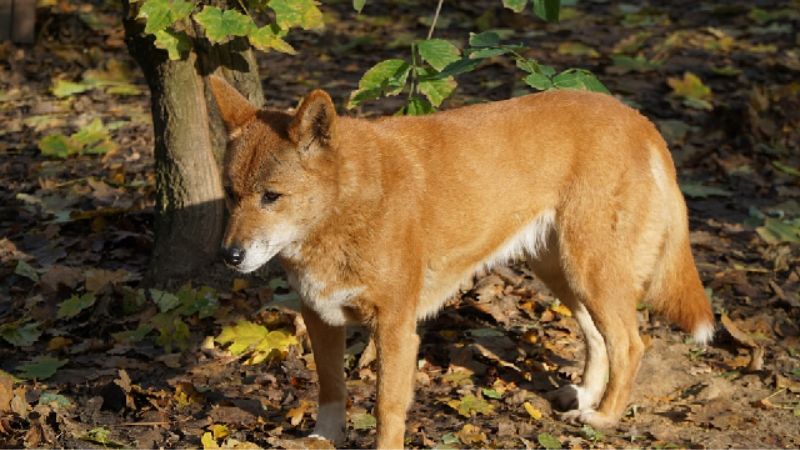 Important Considerations When Keeping a Dingo Dog
Important Considerations When Keeping a Dingo Dog
- Regular health check-ups are essential, and it is advisable to maintain a health record for your dog.
- Vaccinate your Dingo dog regularly to prevent diseases such as rabies and canine distemper.
- Provide a well-ventilated, cool, and clean living space for your dog.
- Avoid exposing your dog to air conditioning or direct fan airflow, as they can easily catch a chill. Similarly, refrain from letting them rest in high places like windowsills, balconies, or staircases.
- Limit the number of baths, as excessive bathing can be detrimental.
- Ensure your dog receives adequate nutrition without being overly indulgent.
3 Tips for Purchasing a Dingo Dog
Pricing of Dingo Dogs
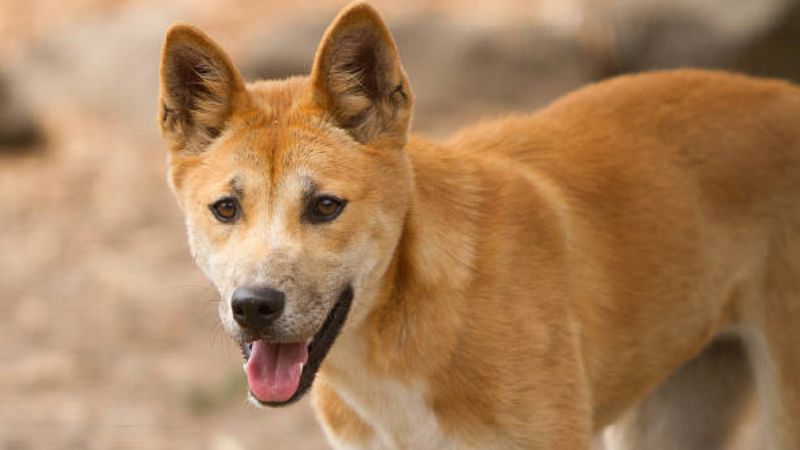 Pricing of Dingo Dogs
Pricing of Dingo Dogs
Due to their naturally aggressive temperament, Dingo dogs are often purchased when they are under two months old, as they are easier to train and domesticate during this period. In the Vietnamese market, the price of a Dingo puppy (under two months old) can range from 200,000 to 1,500,000 VND, depending on their weight.
What to Look for When Buying a Dingo Dog
 What to Look for When Buying a Dingo Dog
What to Look for When Buying a Dingo Dog
Here are some key characteristics to observe before purchasing a Dingo dog:
- Dingo puppies are typically born missing four teeth.
- Their ears may droop instead of standing erect, which could be due to a congenital defect or injury.
- Some Dingo dogs are born with a short or stubbed tail.
- Their legs may appear disproportionately short compared to their body length.
- Look out for lethargy, sluggishness, or a generally depressed demeanor.
- In male dogs, check for the presence of both testicles.
We hope this comprehensive guide on the origins, care, and pricing of the Dingo dog has been informative and helpful. Thank you for reading.






























